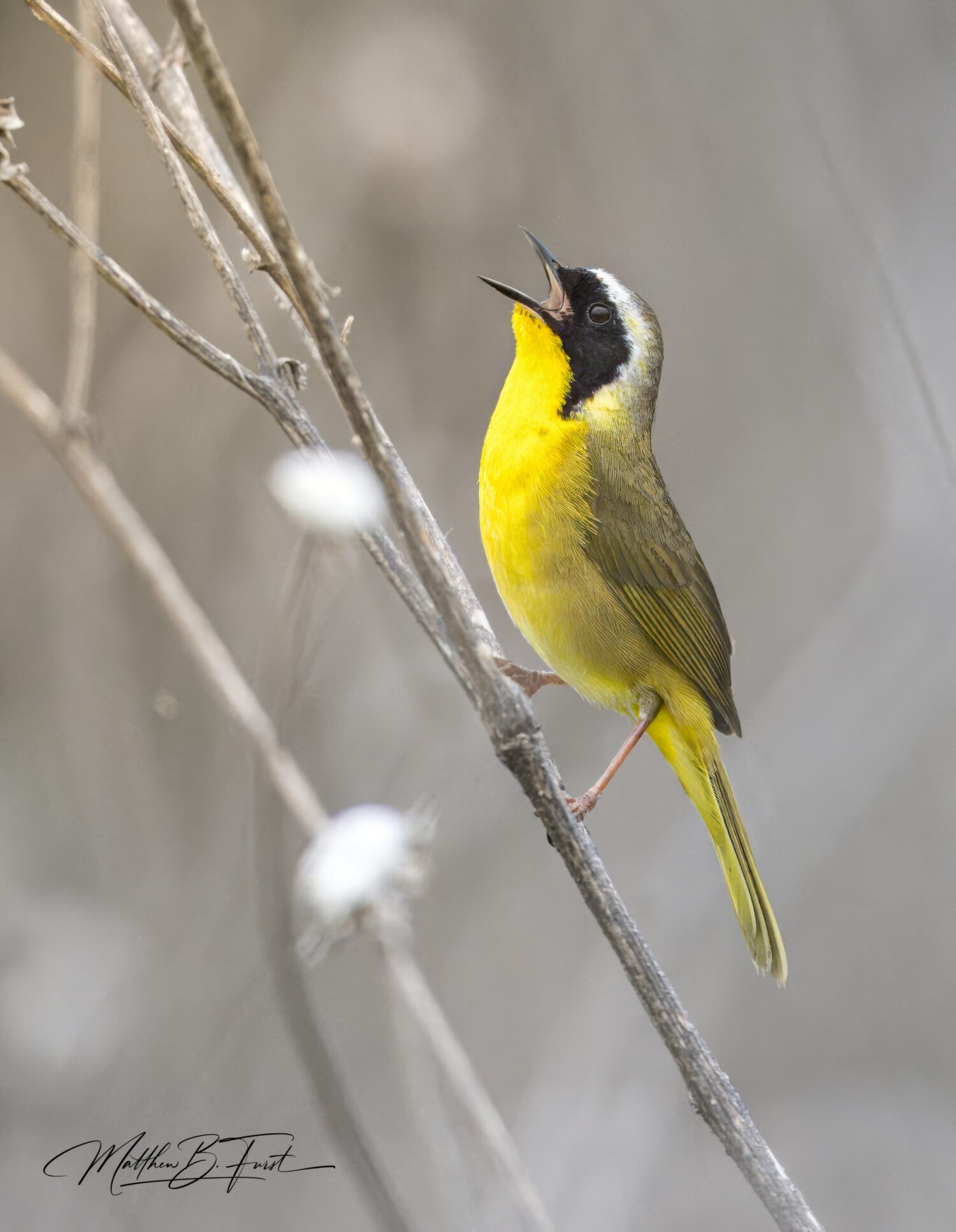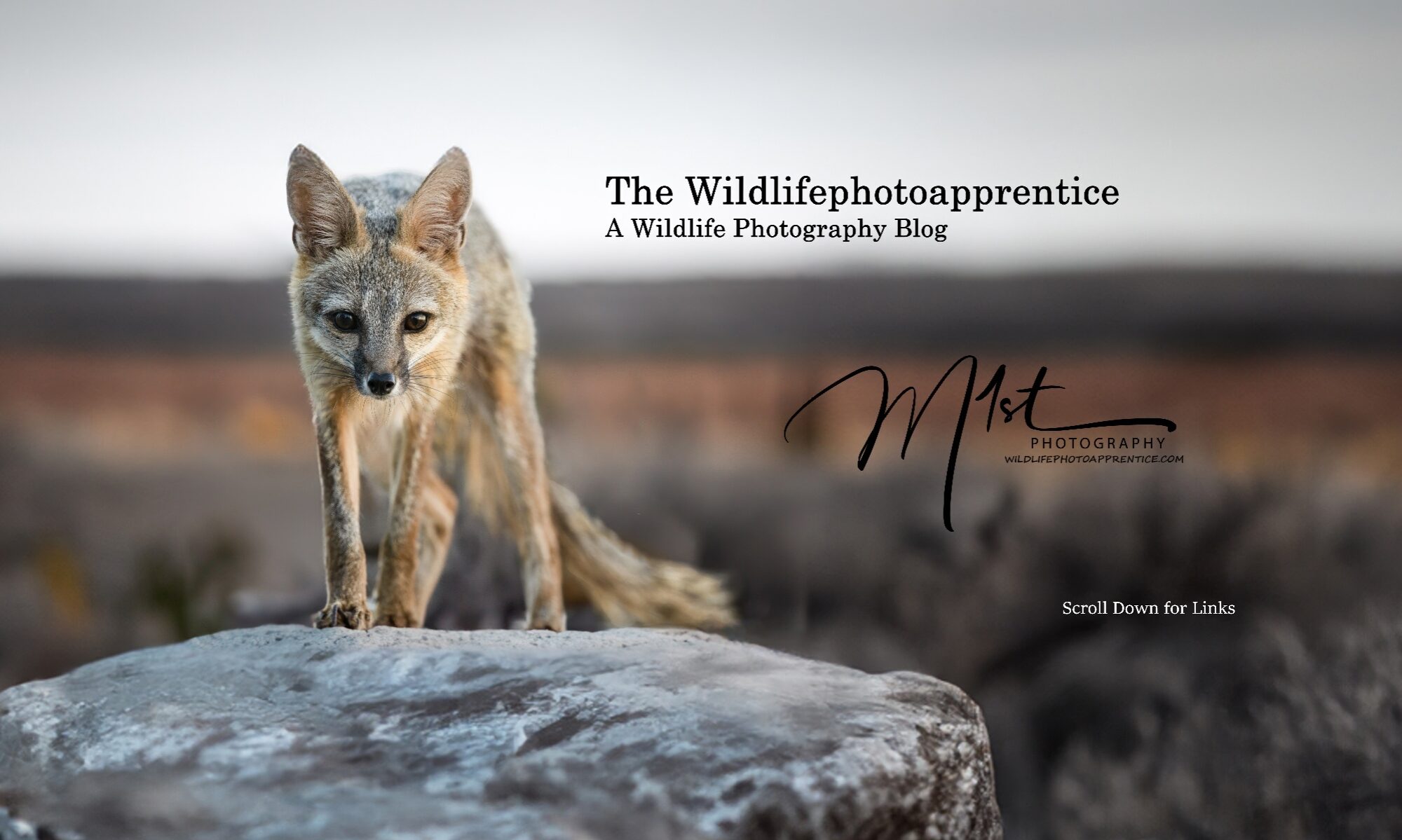The Monahans Sandhills State Park
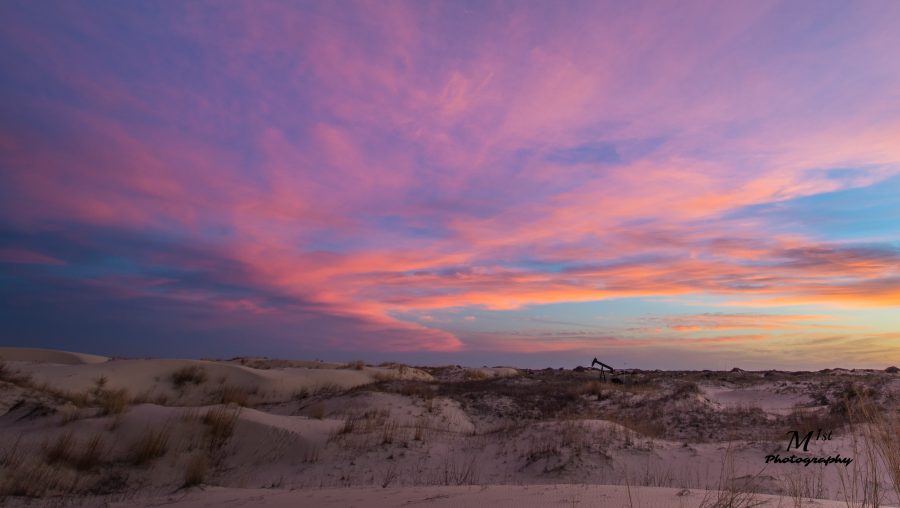
Monahans Sandhills State Park, located in West Texas, is a striking desert landscape characterized by vast, rolling dunes of fine, golden sand that seem to stretch endlessly under the wide-open sky. This unique environment offers a spectacular canvas for photographers, with ever-changing patterns created by the wind and light. The early morning and late afternoon provide ideal lighting conditions, casting long shadows and highlighting the textures of the dunes. Wildlife such as jackrabbits and various bird species add dynamic subjects for nature photography. The park’s pristine, unspoiled beauty, combined with its dramatic contrasts and minimalist scenery, provides photographers with endless opportunities to capture stunning, evocative images of this natural wonder.
Read more about the Sandhills here: https://wildlifephotoapprentice.com/2023/11/01/monahans-sandhills-state-park-wildlife-photography-and-landscapes-too/
When you’re there, check out my photograph of a ground squirrel that is featured on one of the new interpretive signs in the park.
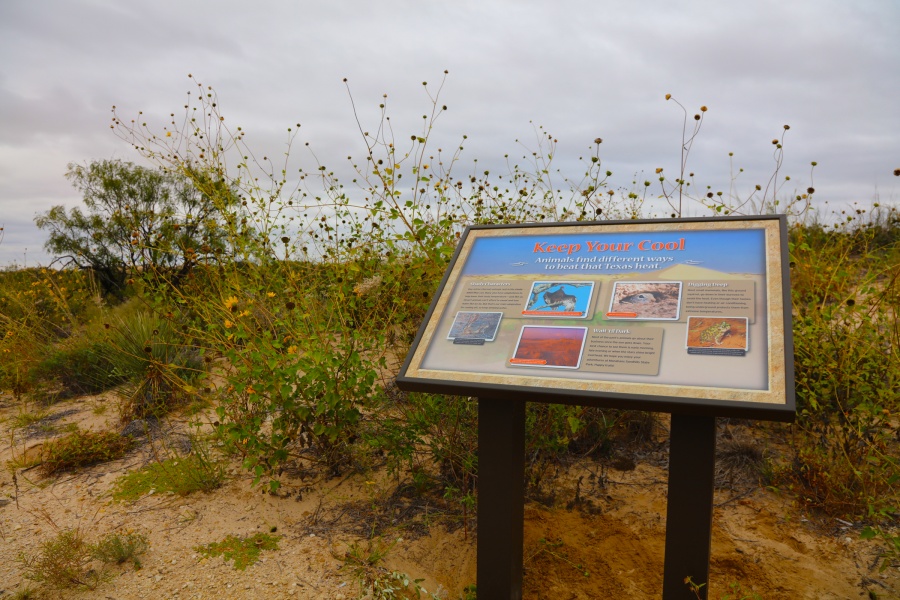
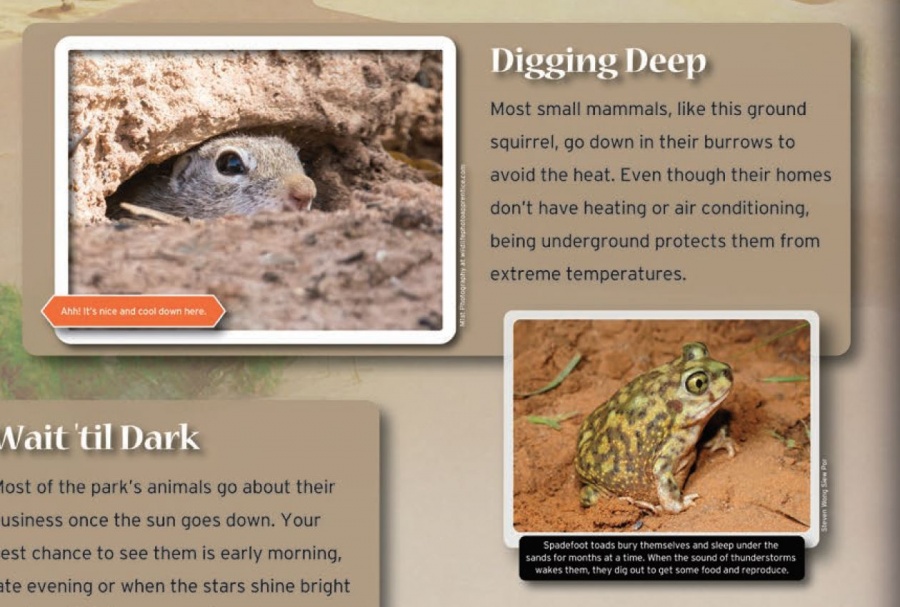
I20 Wildlife Preserve
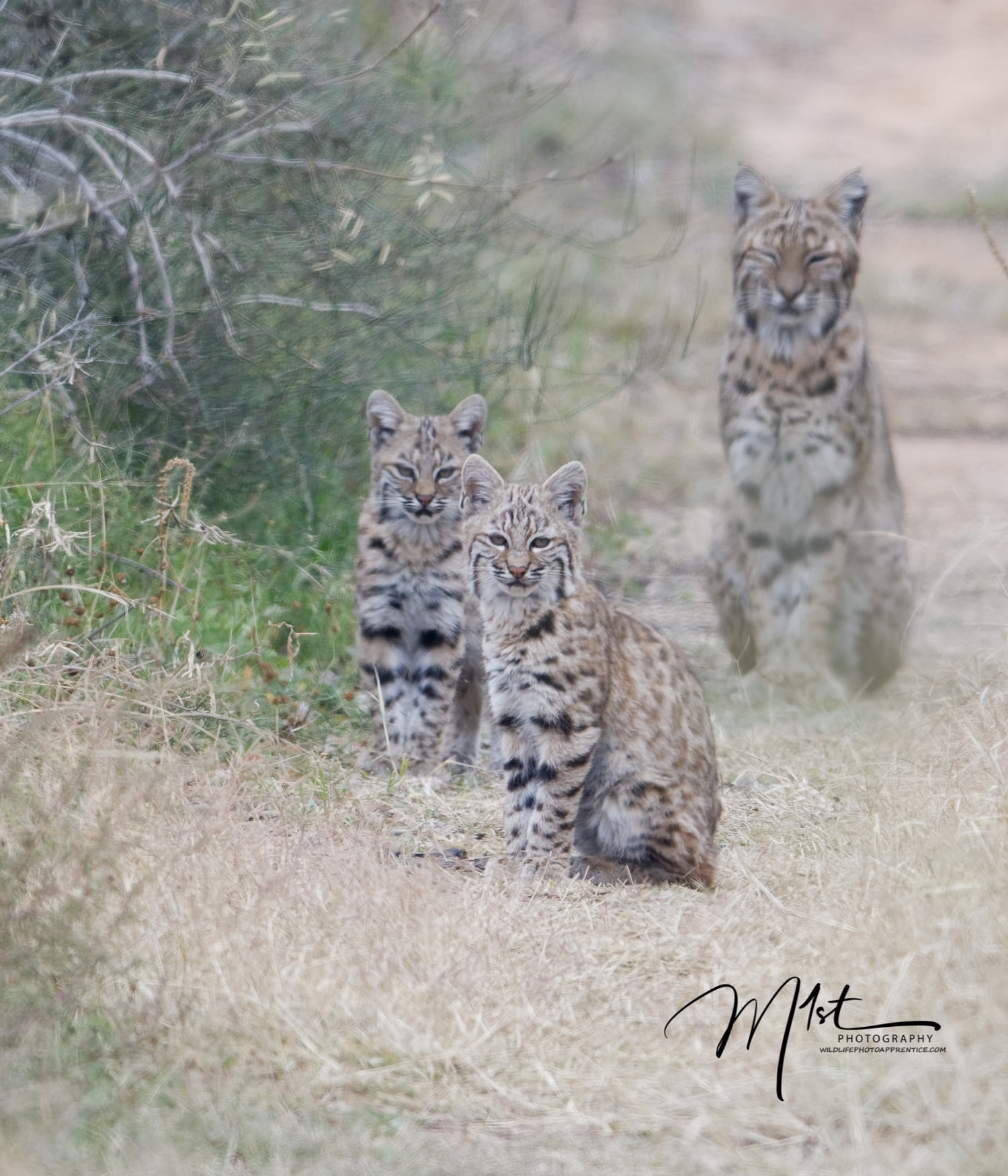
The I-20 Wildlife Preserve in Midland, Texas, is a lush urban sanctuary nestled amidst the arid landscape of West Texas. This 100-acre riparian forest is a vibrant haven teeming with diverse flora and fauna. The preserve boasts a serene wetland, home to myriad bird species, amphibians, and aquatic plants, creating a dynamic ecosystem. Boardwalks and trails meander through the preserve, offering visitors intimate glimpses of nature’s beauty, from sunlit clearings to shaded groves. It’s a peaceful retreat where the sounds of urban life fade away, replaced by the rustle of leaves, the chirping of birds, and the gentle hum of wildlife, making it a cherished natural oasis in the heart of Midland.
https://wildlifephotoapprentice.com/2019/03/31/wildlife-photography-i-20-wildlife-preserve/
Balmorhea Lake
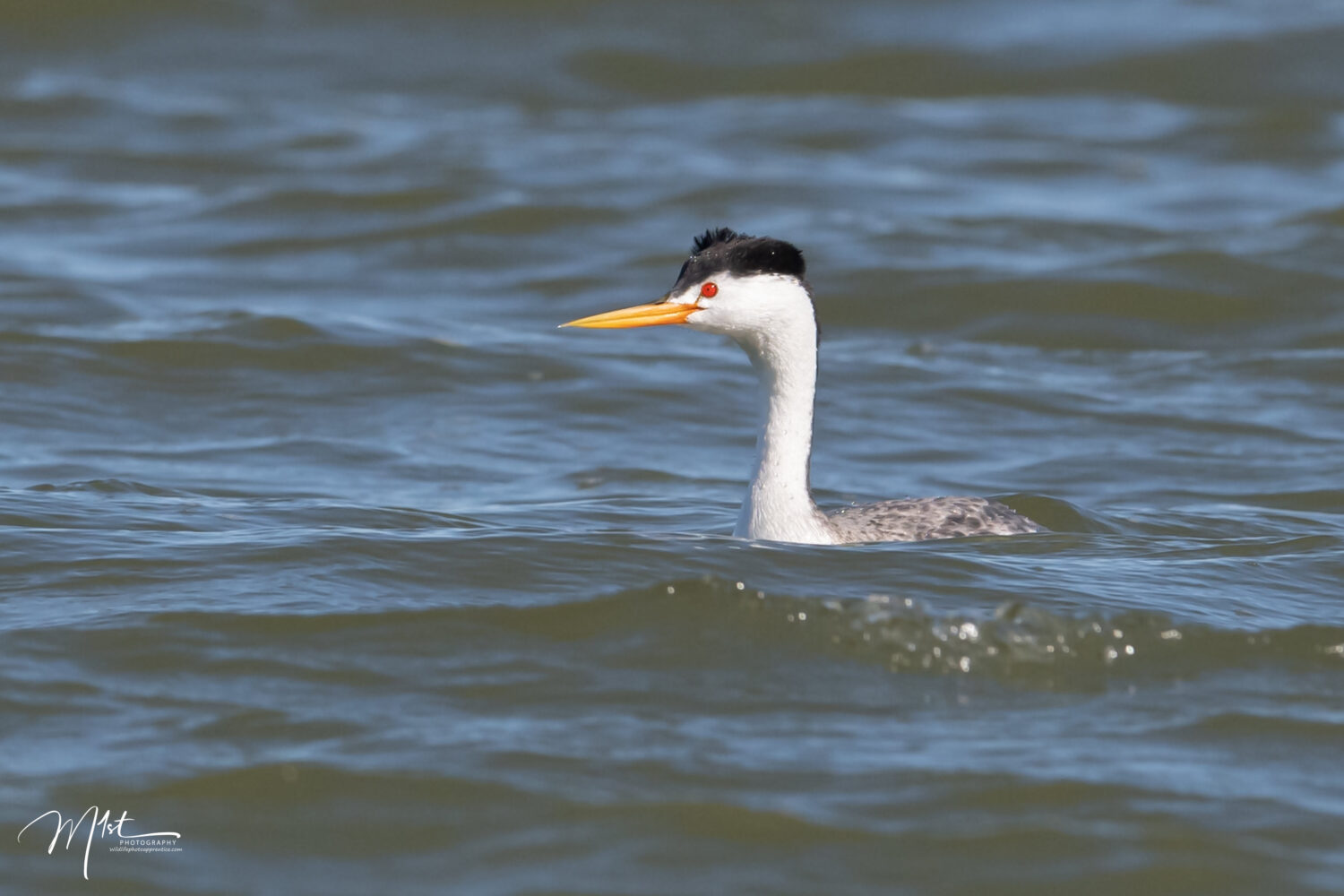
Balmorhea Lake is a small lake in west Texas 550 acres in size. It’s located south of Pecos and west of Ft Stockton. The lake is fed by Toyah creek which carries water from nearby San Solomon Springs. The spring originates in the famous Balmorhea swimming pool. The lake does have a native population of fish which in turn supports a large and diverse population of birds that eat fish such as eagles, gulls, ducks, herons, cormorants, ospreys, and grebes. There is a daily fee of five dollars per person to access the lake which extends from midnight to midnight so if you camp overnight you’ll have to pay twice. The lake has a native population of western and Clark’s grebes that are fun to photograph.
https://wildlifephotoapprentice.com/2023/07/14/balmorhea-lake-texas-exploring-the-enchanting-wildlife-photography-opportunities-of-this-desert-oasis/s-of-this-desert-oasis/
The Big Bend

Big Bend National Park, located in the rugged terrain of West Texas, is a vast and awe-inspiring landscape that offers unparalleled opportunities for photographers. Encompassing over 800,000 acres, the park features a diverse range of environments, from the towering Chisos Mountains to the sweeping desert expanses and the meandering Rio Grande. This dramatic topography, combined with its rich biodiversity and striking geological formations, provides a captivating array of subjects for photographers. Whether capturing the vivid colors of a desert sunrise, the intricate details of ancient rock formations, or the vibrant flora and fauna, photographers will find Big Bend a treasure trove of visual inspiration. The park’s remote and pristine nature also ensures minimal light pollution, making it one of the best places for night sky photography, where the Milky Way can be seen in all its glory.
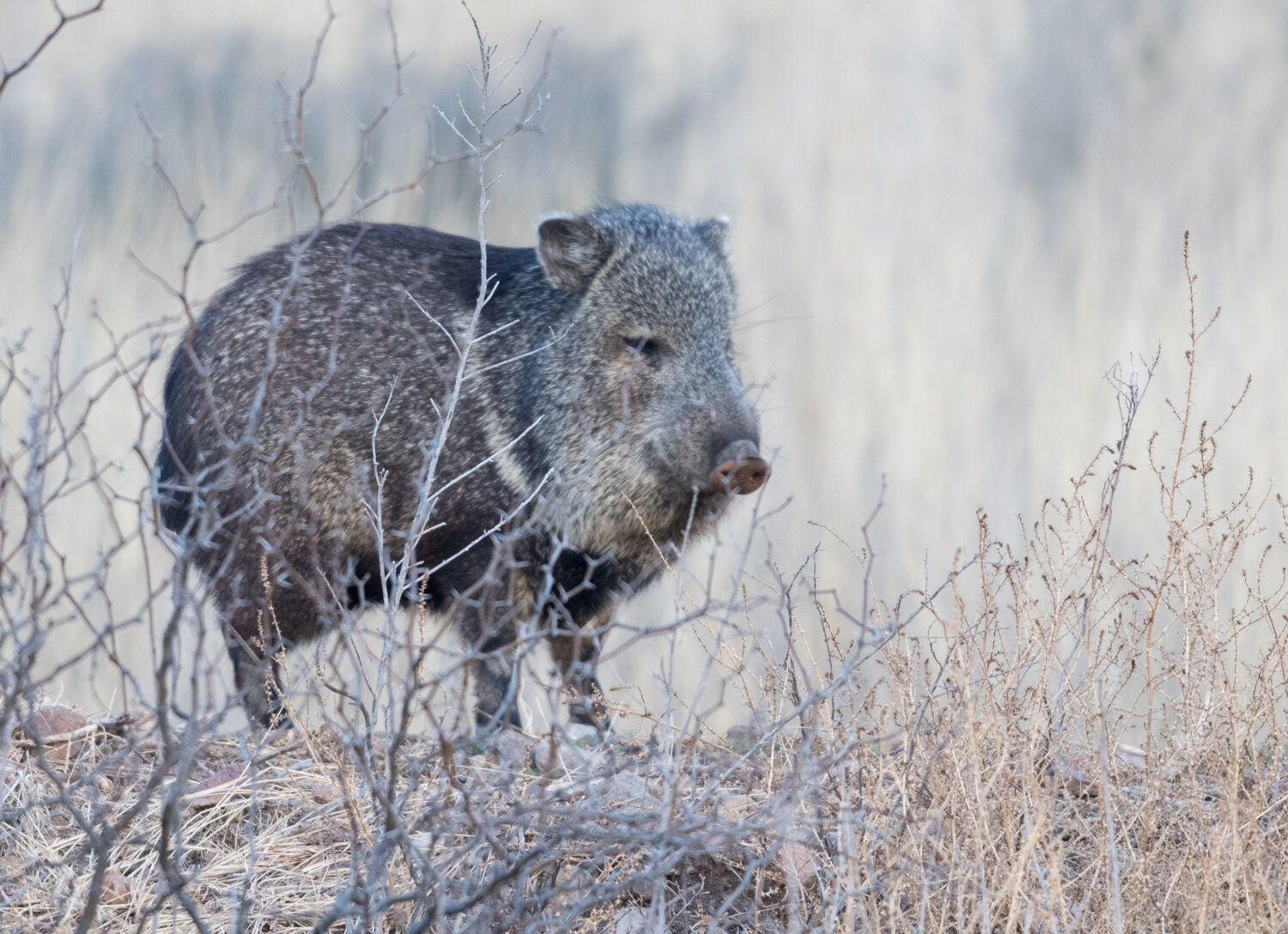
Anhuac National Wildlife Refuge and The Bolivar Peninsula of Texas
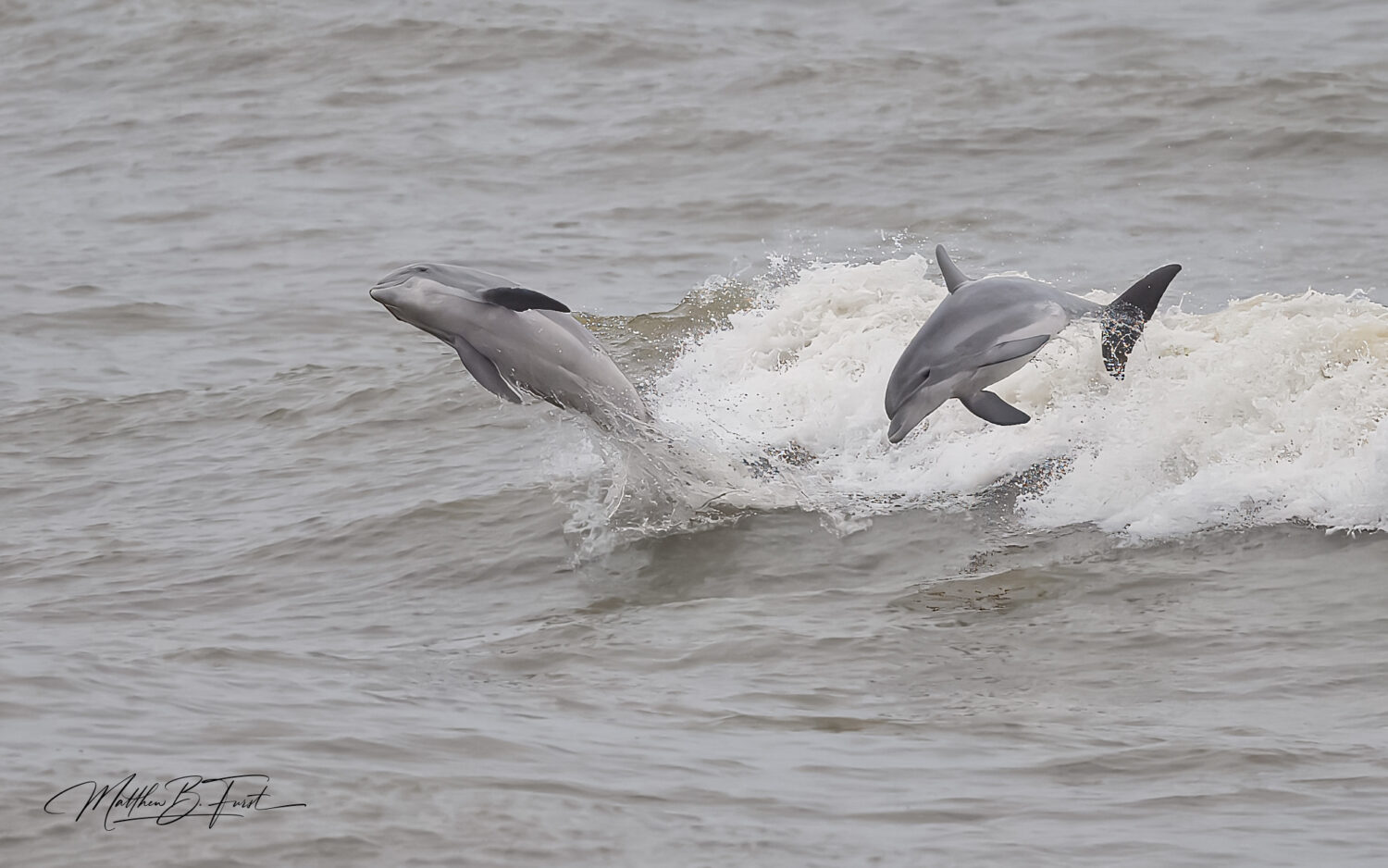
Anahuac National Wildlife Refuge and the Bolivar Peninsula together form a breathtaking landscape teeming with diverse wildlife, making them a paradise for wildlife photography enthusiasts. Nestled along the upper Texas coast, these two areas offer a unique blend of marshes, wetlands, prairies, and coastal habitats, creating a haven for both resident and migratory species. From majestic birds to elusive mammals, the opportunities for capturing stunning images are abundant.
One of the main attractions for photographers at Anahuac is the diverse birdlife. The refuge is home to over 300 species of birds, including iconic waterfowl such as the roseate spoonbill, white ibis, and great blue heron. Bird blinds strategically placed throughout the refuge offer photographers the perfect vantage points to capture intimate moments of these magnificent creatures as they forage, preen, or take flight against the backdrop of the marshland.
Moreover, the Bolivar Peninsula is also known for its abundant marine life, including dolphins, sea turtles, and various species of fish and crustaceans. Photographers can charter boat tours or venture out onto the peninsula’s numerous fishing piers to capture images of these marine creatures in their natural habitat.
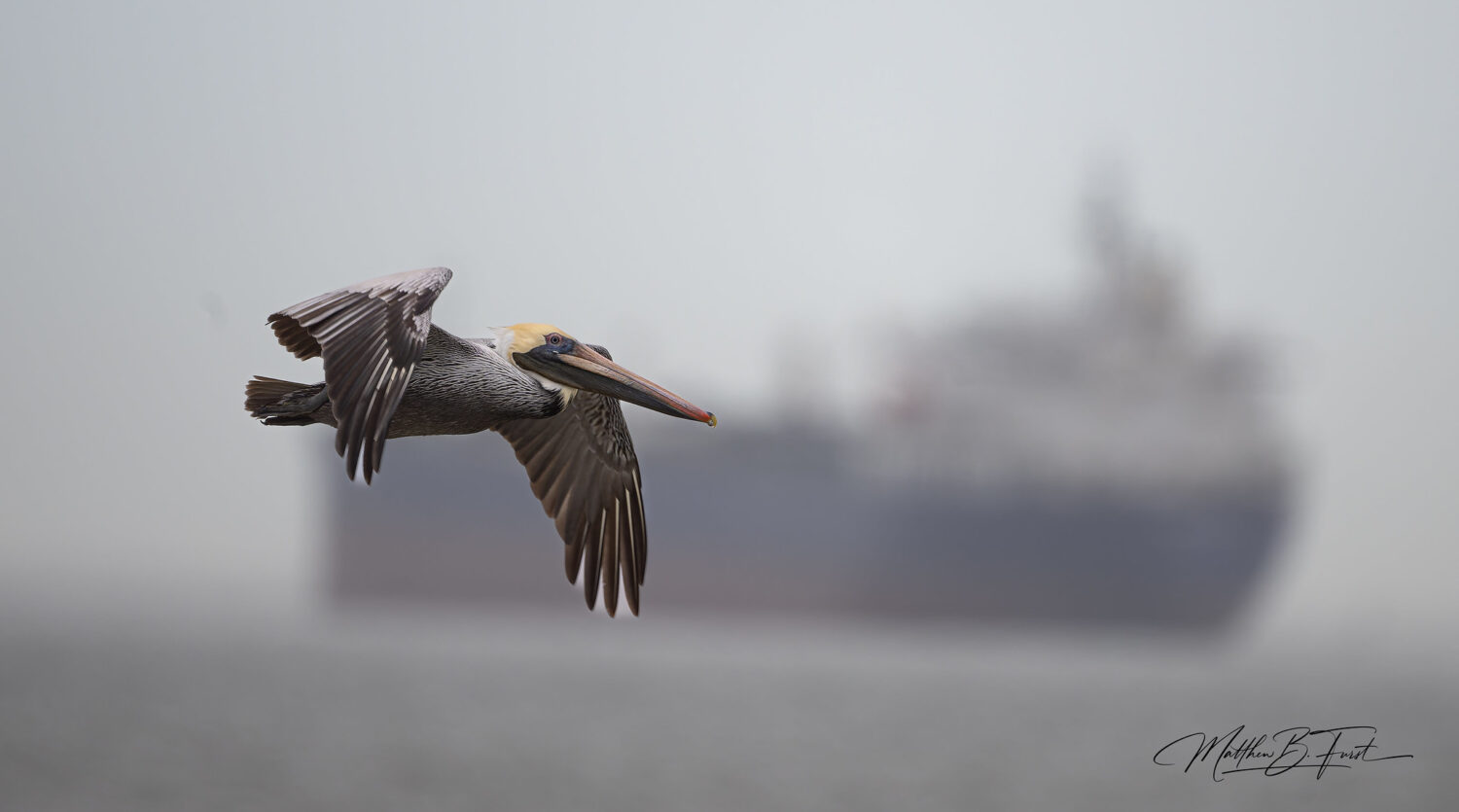
The Santa Fe National Forrest
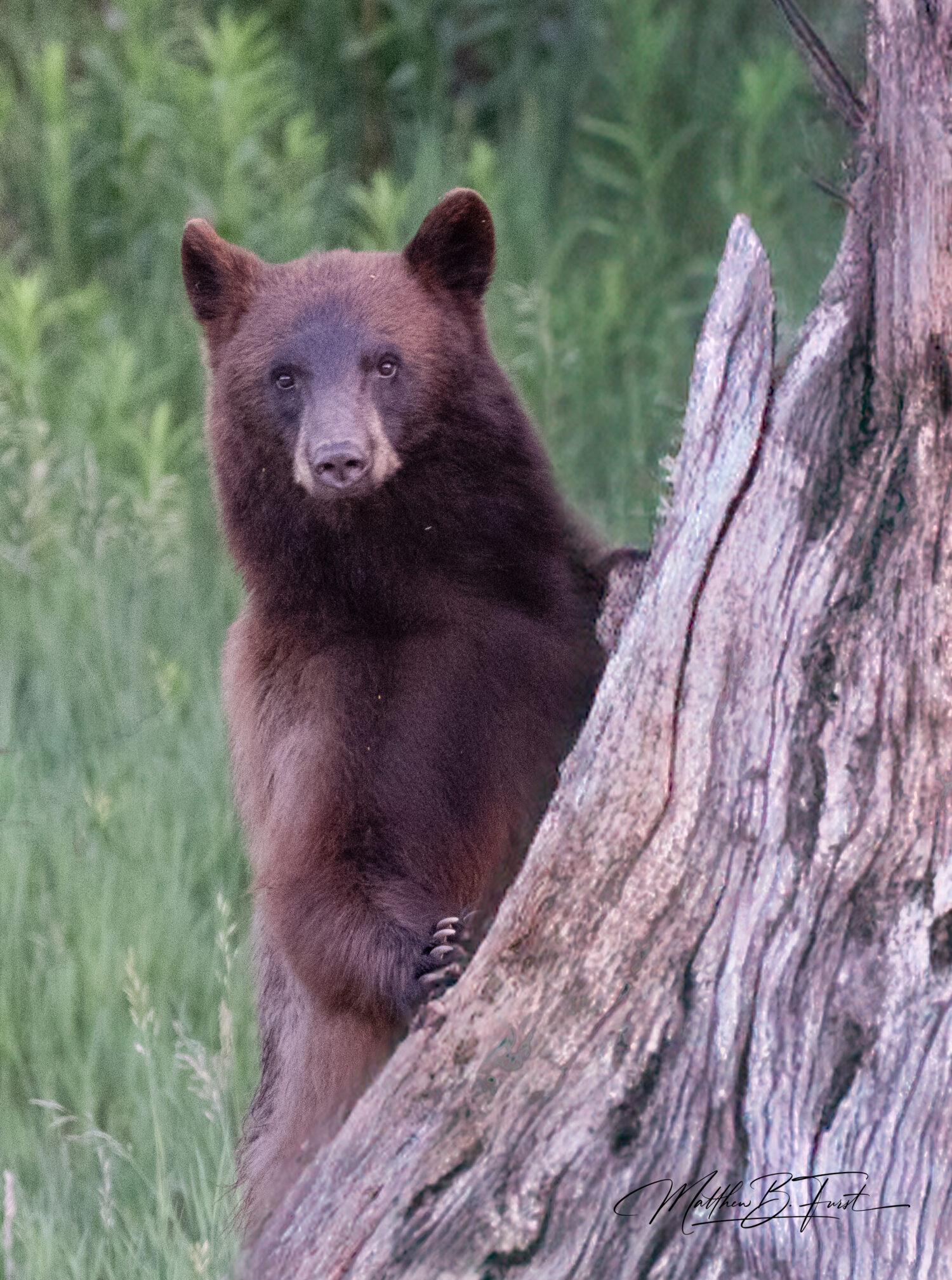
Some of the finest mountain scenery in the Southwest is found in the Santa Fe National Forest. Here, you can find the headwaters of Pecos, Jemez, and Gallinas Rivers; mountain streams, and lakes. The Santa Fe National Forest is a dream destination for wildlife photographers, offering expansive and diverse landscapes that span over 1.6 million acres. Within its boundaries lies the stunning Pecos Wilderness, renowned for its rugged terrain, alpine lakes, and pristine forests. This varied topography creates numerous habitats that support a rich array of wildlife. Photographers can capture the majestic black bears, elusive bobcats, and graceful mule deer and elk that roam the forest. Bird enthusiasts will be thrilled by the presence of Lewis’s woodpeckers, along with a myriad of other bird species. The forest’s vastness and biodiversity ensure that every visit offers new and exciting opportunities for capturing the beauty of nature.
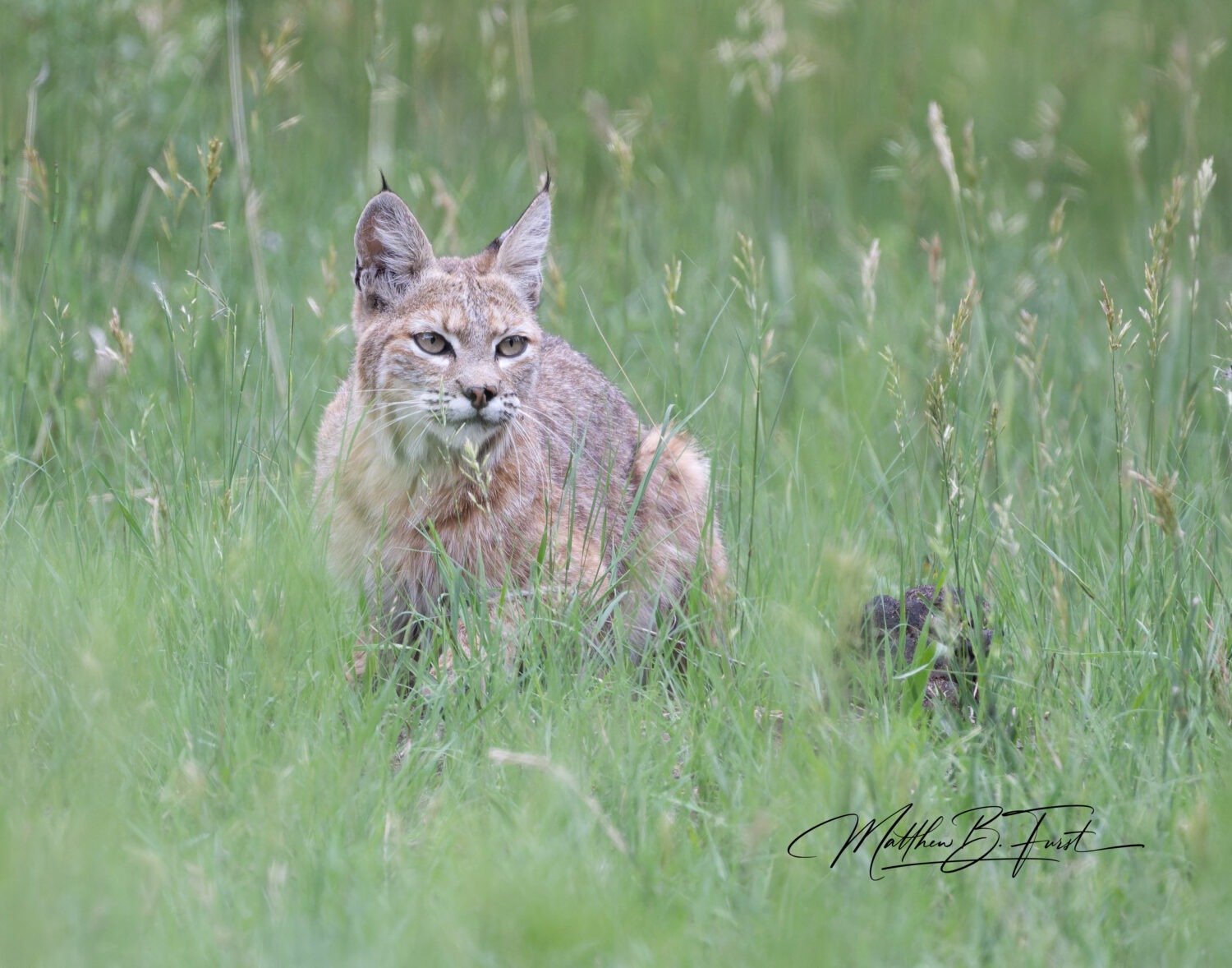
The Melrose Woods
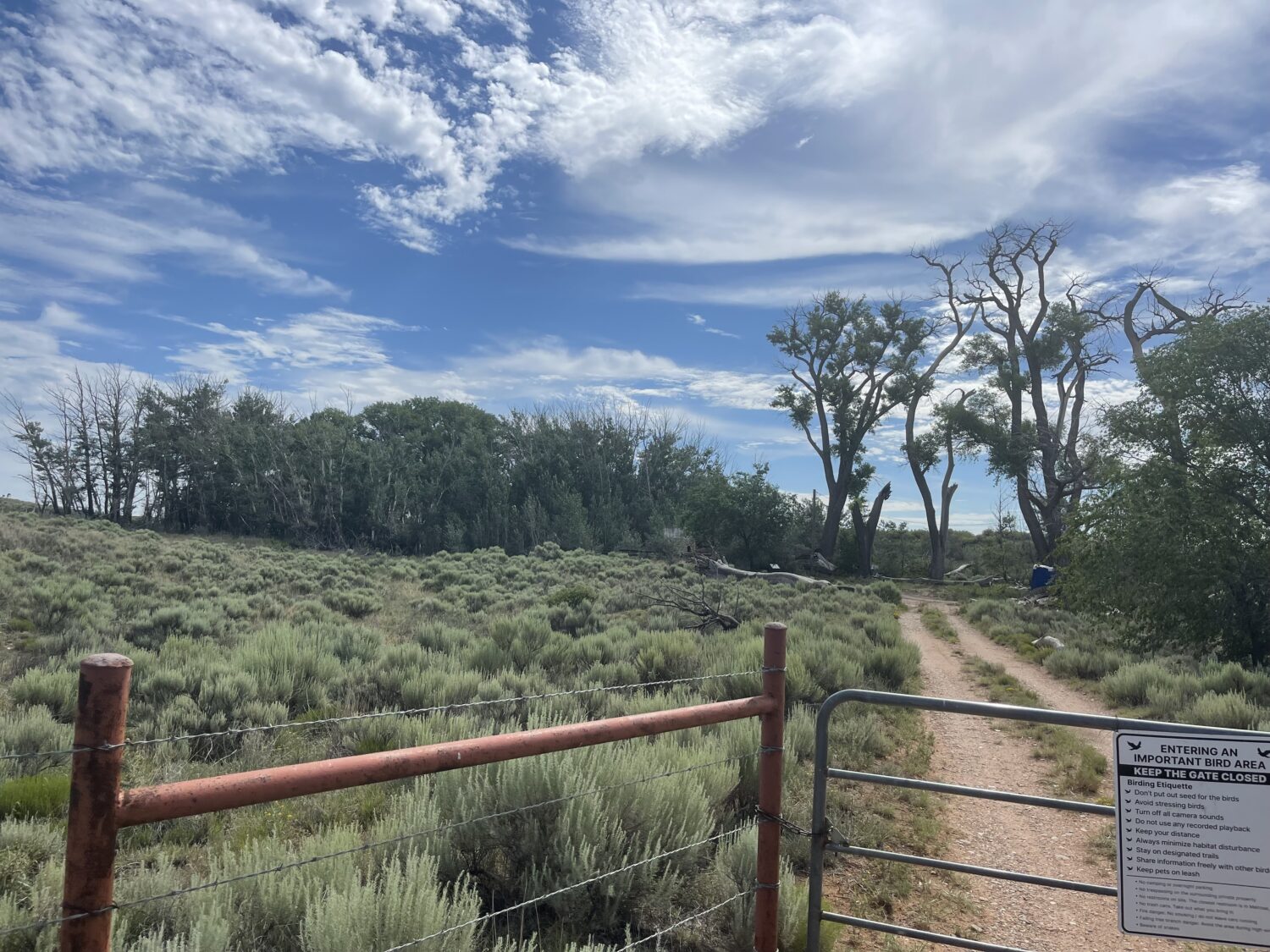
Melrose Woods, located in eastern New Mexico just north of U.S. Highway 60 near the town of Melrose, is a prime destination for wildlife photographers, especially those interested in migratory songbirds. Great Horned Owls frequent the large cottonwoods as well. Managed by the Audubon Society and open to the public, this small unique area serves as a crucial migrant trap during the spring and fall migrations. The combination of riparian habitats, dense woodlands, and open grasslands provides an essential stopover for a variety of bird species. Photographers can expect to encounter vibrant warblers, such as the Wilson’s Warbler and Townsend’s Warbler, as well as other species like the Western Tanager and Lazuli Bunting. The importance of Melrose Woods in supporting these migratory birds cannot be overstated, offering a rare opportunity to capture these fleeting visitors in a serene and picturesque setting.
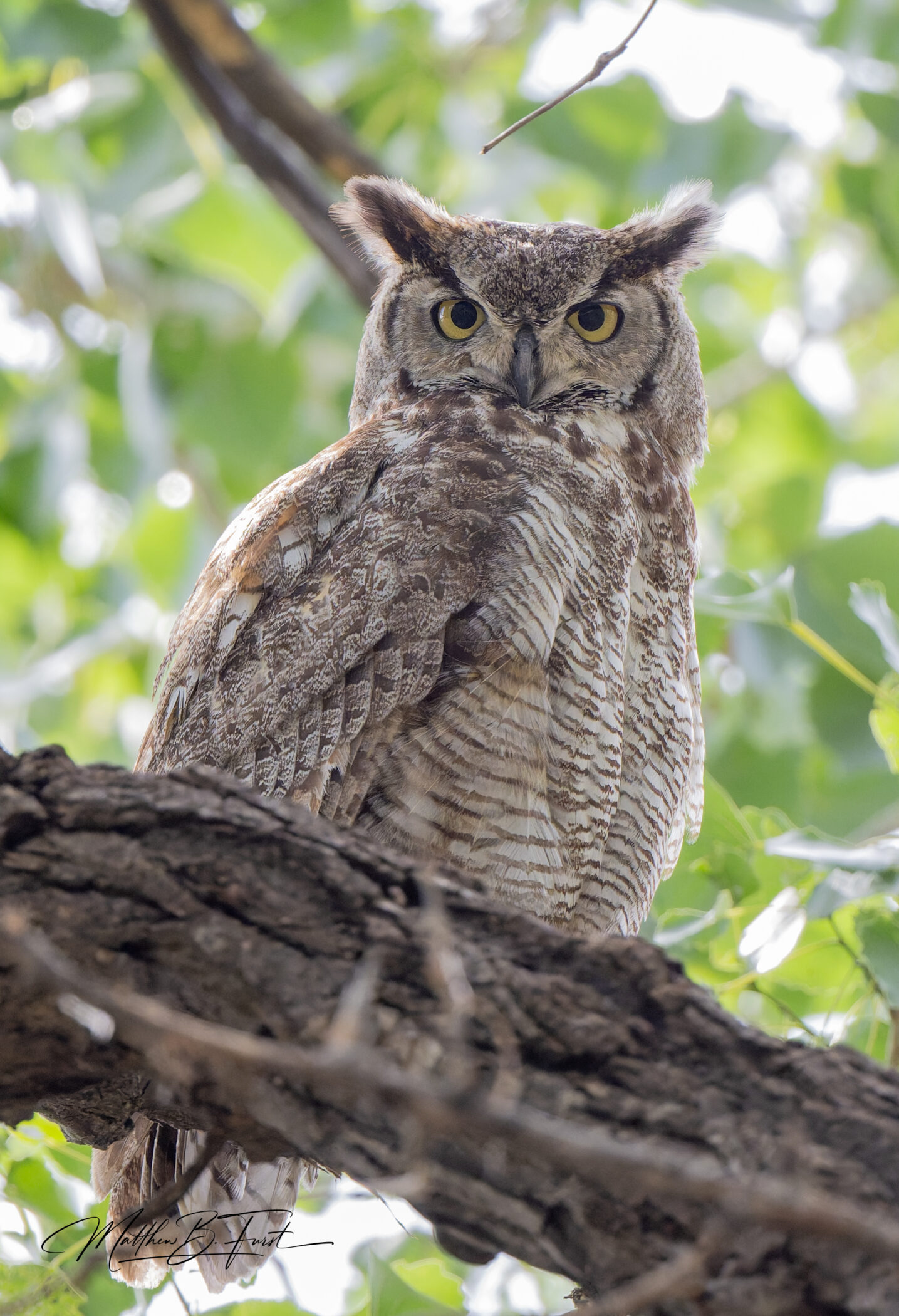
Bosque del Apache
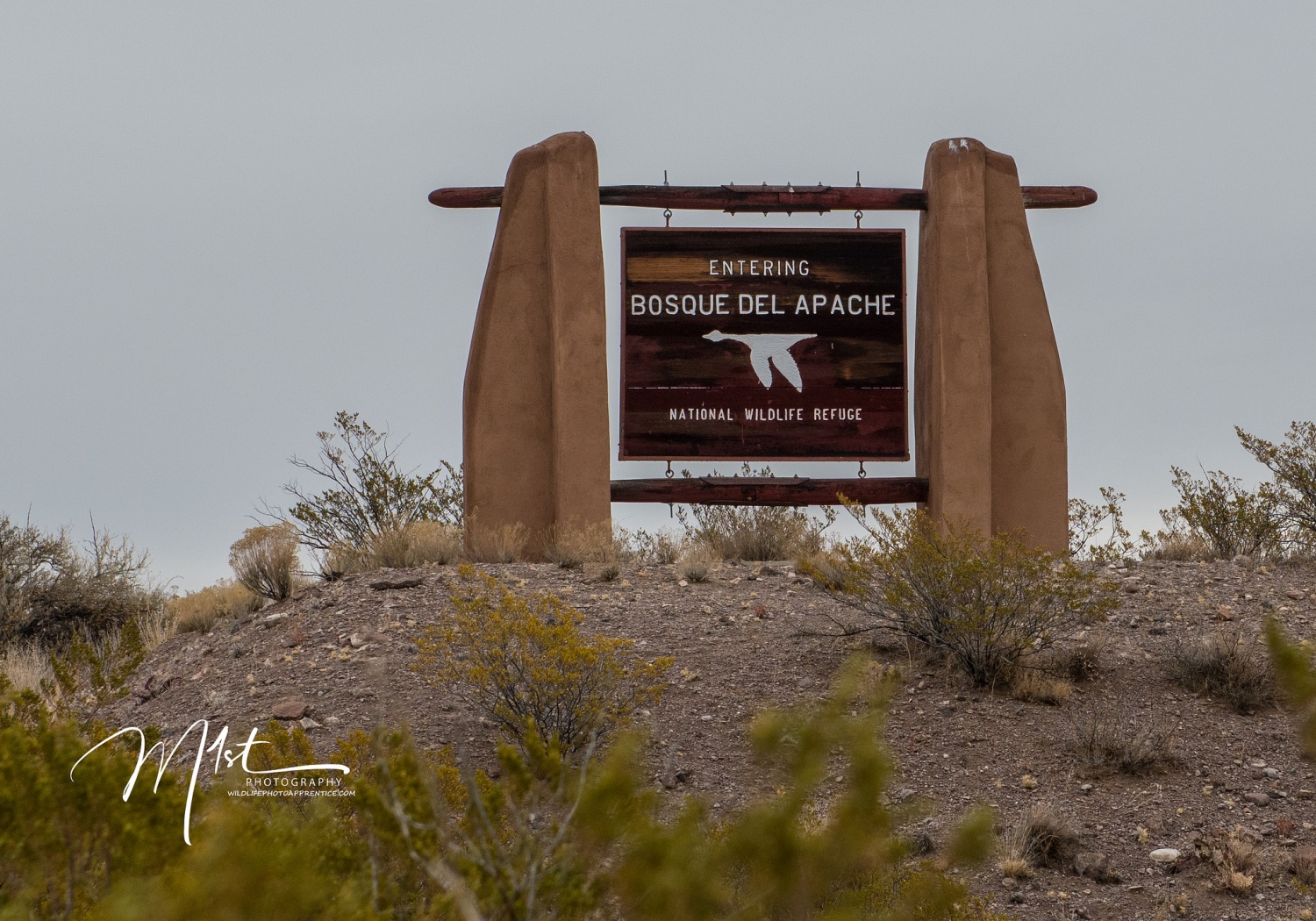
Situated between the Chupadera Mountains to the west and the San Pascual Mountains to the east, the Bosque del Apache National Wildlife Refuge was established in 1939 to provide a critical stopover for migrating waterfowl. The refuge is well known for the tens of thousands of cranes, geese, and ducks who winter here each year.
During spring and fall migration, the 57,331-acre refuge is a spot to rest and refuel for many birds as they follow the Rio Grande through the woodlands that hug the riverbanks, called bosque.
Bosque del Apache National Wildlife Refuge contains thirty-thousand acres of wilderness, providing solitude and offering adventure to those who seek it. This dry desert habitat is home to jackrabbits, quail, and lizards, as well as creosote, sunflower, and mesquite.
Bosque del Apache is part of the National Wildlife Refuge System, a national network of lands and waters set aside and managed for the benefit of wildlife, habitat, and you.
https://wildlifephotoapprentice.com/2018/03/10/wildlife-photography-at-bosque-del-apache/
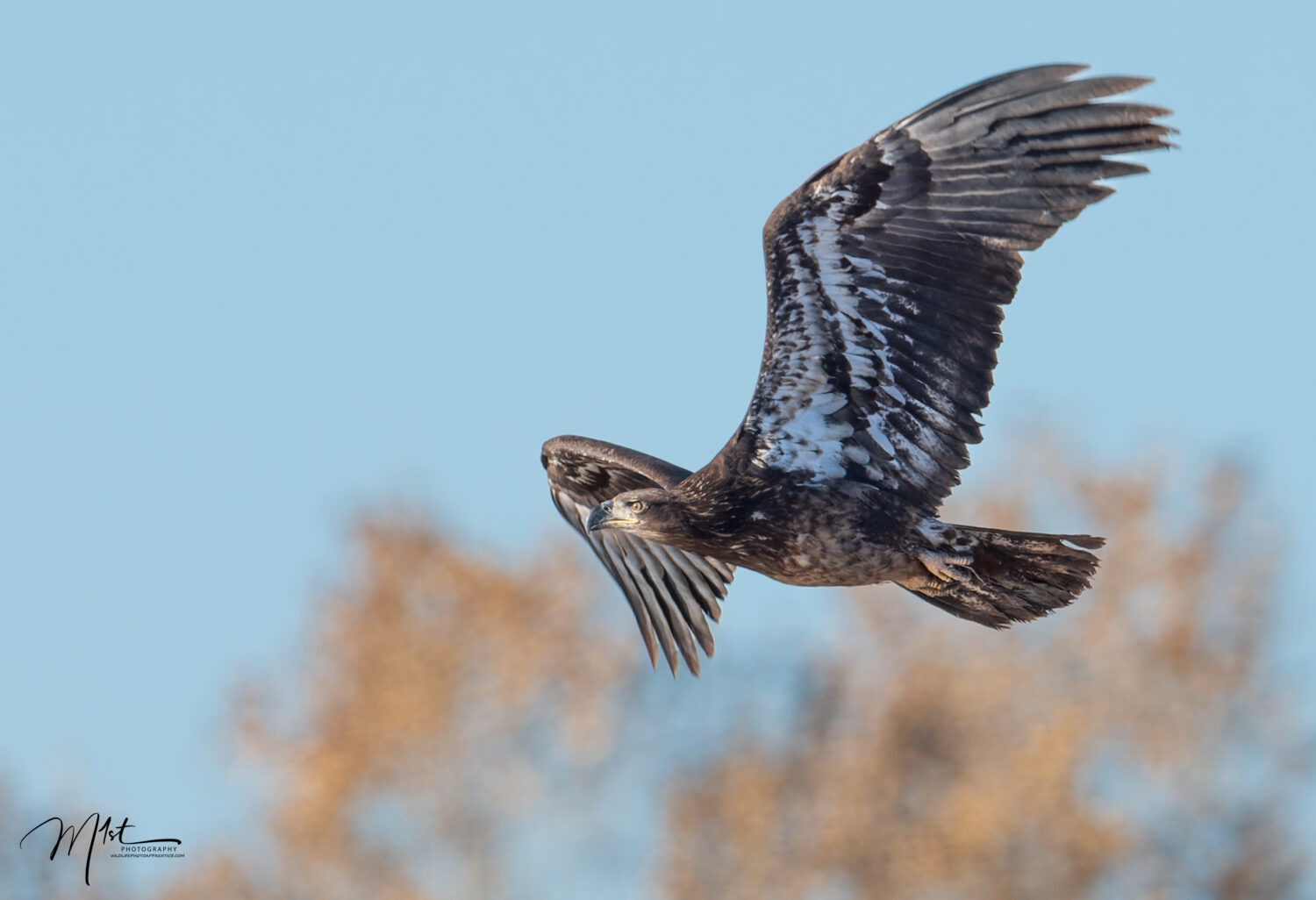
Rattlesnake Springs
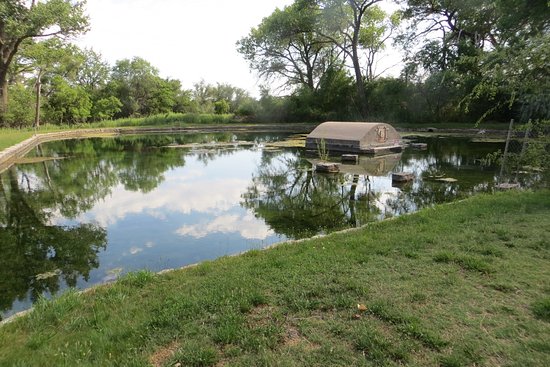
Rattlesnake Springs, part of Carlsbad Caverns National Park, is a lush oasis in the desert. This riparian ecosystem features a natural spring and a large grove of cottonwood trees planted by the Civilian Conservation Corps. It’s an ideal place for bird-watching year-round.
Rattlesnake Springs is a day-use area only, open during daylight hours. It includes a picnic area with shaded picnic tables and cooking grills, trash cans, and pit toilets. Swimming is not allowed in the spring.
The list of birds that have been observed in the park includes 357 species. This huge list includes species that are year-round residents and nest here, neotropical migrants that nest in the park or pass through on the way to northern breeding grounds, winter residents, and occasional or rare species who wander in and may stay a while. Migratory species are numerous.
